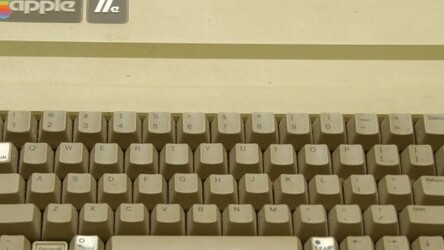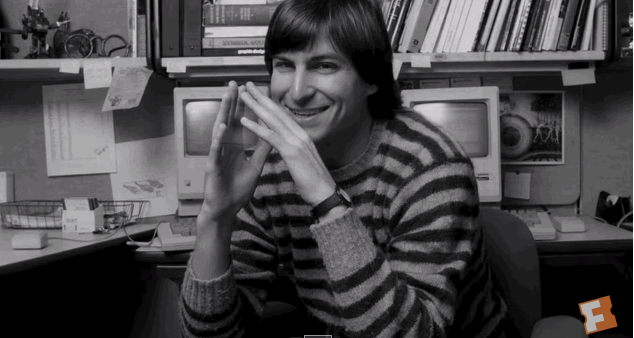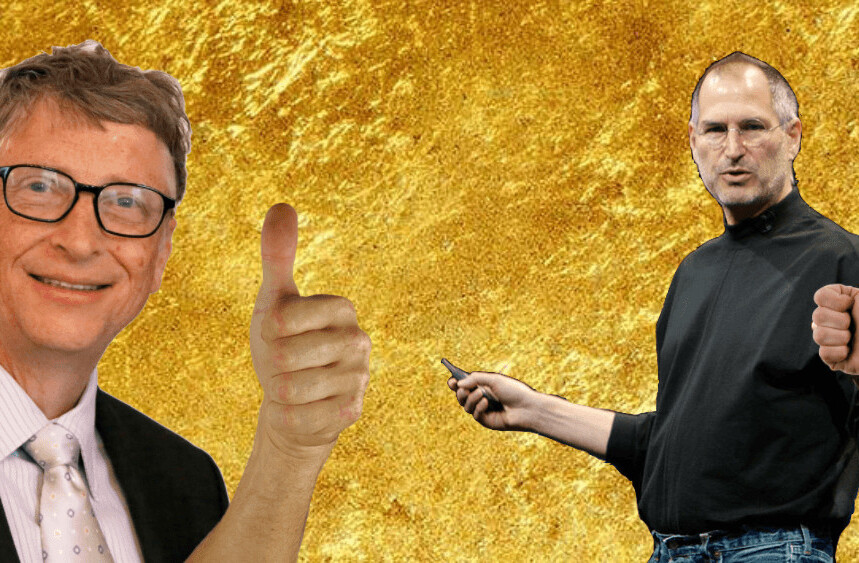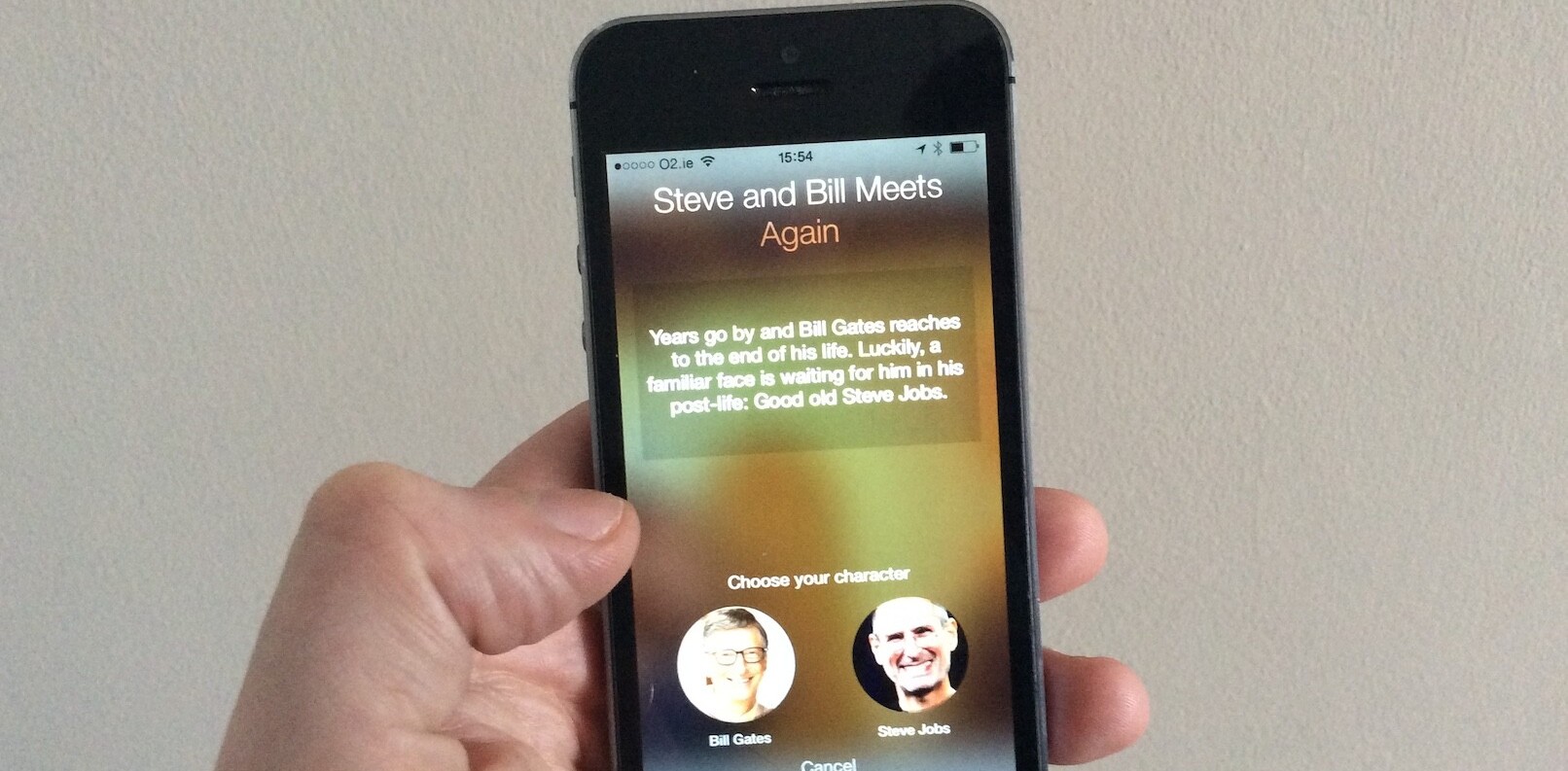
If there is one defining characteristic of Steve Jobs that has run like a thread through his entire career, it is a genuine obsession with the way that things are crafted. Not merely content to set specifications and see that they were met, Jobs frequently went above and beyond to ensure that the products he had a hand in were made in the best way possible.
In the biography of Jobs released today, Walter Isaacson reveals the likely source of this focus on craftsmanship, Jobs adoptive father, Paul Jobs.
Paul Jobs was a mechanic, good with his hands and intelligent with his work, which largely focused on cars and then constructing metal parts for laser assemblies in Silicon Valley.
“I thought my dad’s sense of design was pretty good,” Jobs told Isaacson, “because he knew how to build anything. If we needed a cabinet, he would build it. When he built our fence, he gave me a hammer so I could work with him.”
Fifty years after the fence was constructed, Jobs showed it to Isaacson, still standing and recalled a lesson about making things of quality that he learned from his father. Touching the boards of inside of the fence, he said that “He loved doing things right. He even cared about the look of the parts you couldn’t see.”
He said that his father refused to use poor wood for the back of cabinets, or to build a fence that wasn’t constructed as well on the back side as it was the front. Jobs likened it to using a piece of plywood on the back of a beautiful chest of drawers. “For you to sleep well at night, the aesthetic, the quality, has to be carried all the way through.”
This philosophy led jobs to at least attempt to manufacture Apple products with the same care, even in the details that would be invisible to the user. When the first Apple II casings were delivered, Jobs noticed a thin plastic seaming that was often the result of the injection molding process, he had Apple employees sand and polish them to be displayed at a computer expo.
Jobs even rejected the designs of the original logic boards inside of the Apple II as the ‘lines were not straight enough’.
Not that this stance was without fault, however. It did get Jobs into trouble at NeXT, where the precise cube shape of the NeXT casings caused huge additional production costs and heat issues because the internal boards had to be broken down and stacked, one on top of another.
Although my Dad didn’t raise a billionaire, he is a craftsman and a painter and he instilled in me the same love of details, even those some might think inconsequential. He taught me to wash the undersides of a car’s rocker panels and the engine compartment, things I still do today. I fully believe that the impression my father made on me about the importance of the details has been one of the major components of whatever success I’ve had as a writer and photographer.
Jobs would recall the lessons taught by his father about the attention worth paying, even to the things unseen, throughout his career and life. And while sacrifices were often made of money, time and frustration, users of Apple products often reaped the rewards.
Get the TNW newsletter
Get the most important tech news in your inbox each week.




